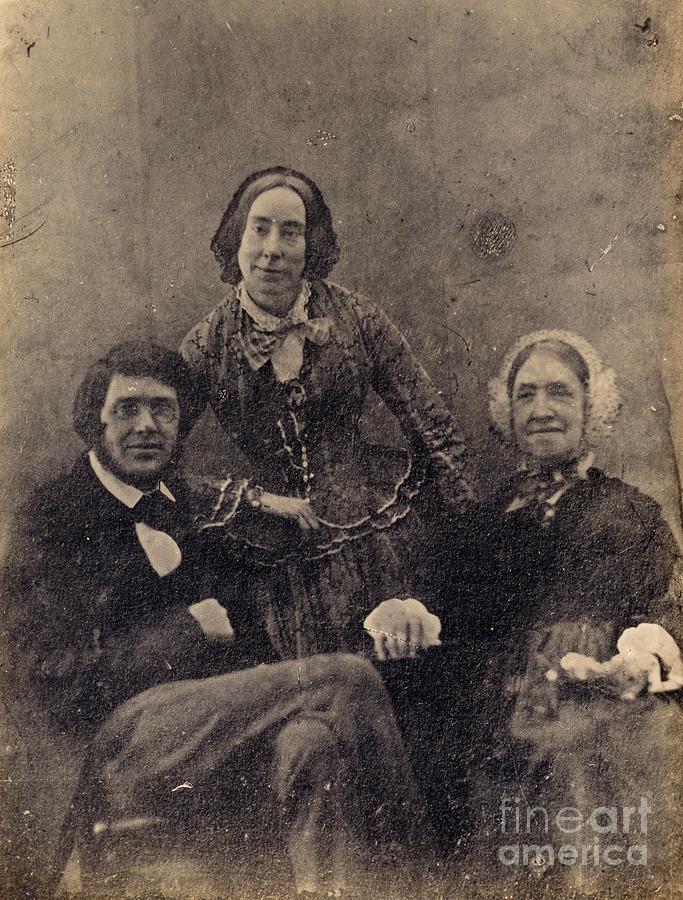

In September 1854 Darwin had the last of his barnacle monographs ready for publication, and he turned his attention fully to questions about how species originated. His geology books and publication of Beagle findings were completed in 1846, when he began what became eight years of research into classification of barnacle species, exploring the immense amount of variation in nature.

He worked up his "Sketch" into an "Essay" in 1844, and eventually persuaded Hooker to read a copy in January 1847. In January 1842 Darwin sent a tentative description of his ideas in a letter to Lyell, then prepared a "Pencil Sketch" of his theory. In the 1850s Darwin met Thomas Huxley, an ambitious naturalist who had returned from a long survey trip but lacked the family wealth or contacts to find a career and who joined the progressive group around Herbert Spencer fighting to make science a profession, freed from the clerics.ĭarwin made attempts to open discussions about his theory with his close scientific colleagues. By the 1840s Darwin became friends with the young botanist Joseph Dalton Hooker, who had followed his father into that science, and after going on a survey voyage used his contacts to eventually find a position. Books by the eminent geologist Charles Lyell had influenced the young Darwin during the voyage, and he then befriended Darwin who he saw as a supporter of his ideas of gradual geological processes with continuing divine Creation of species. Darwin found three close allies: Charles Lyell, Joseph Dalton Hooker and Thomas Huxley. Natural history at that time was dominated by clerical naturalists whose income came from the Established Church of England and who saw the science of the day as revealing God's plan. While he continued with research as his "prime hobby", his priority was an immense amount of work on geology and analysing and publishing findings from the Beagle expedition. He was conscious of the need to answer all likely objections before publishing. At that time similar ideas brought others disgrace and association with the revolutionary mob. By December 1838 he had developed the principles of his theory.


Unsourced material may be challenged and removed.įind sources: "Publication of Darwin's theory" – news Please help improve this article by adding citations to reliable sources in this section. This section needs additional citations for verification. This attracted little notice, but spurred Darwin to write an " abstract" of his work which was published in 1859 as his book On the Origin of Species. He was writing up his theory in 1858 when he received an essay from Alfred Russel Wallace who was in Borneo, describing Wallace's own theory of natural selection, prompting immediate joint publication of extracts from Darwin's 1844 essay together with Wallace's paper as On the Tendency of Species to form Varieties and on the Perpetuation of Varieties and Species by Natural Means of Selection in a presentation to the Linnaean Society on 1 July 1858. He gave priority to his career as a geologist whose observations and theories supported Charles Lyell's uniformitarian ideas, and to publication of the findings from the voyage as well as his journal of the voyage, but he discussed his evolutionary ideas with several naturalists and carried out extensive research on his "hobby" of evolutionary work. Thoughts on the possibility of transmutation of species which he recorded in 1836 towards the end of his five-year voyage on the Beagle were followed on his return by findings and work which led him to conceive of his theory in September 1838. The publication of Darwin's theory brought into the open Charles Darwin's theory of evolution through natural selection, the culmination of more than twenty years of work. Publication of theory of natural selectionĭarwin, as photographed in 1860, was still clean shaven at this time.


 0 kommentar(er)
0 kommentar(er)
